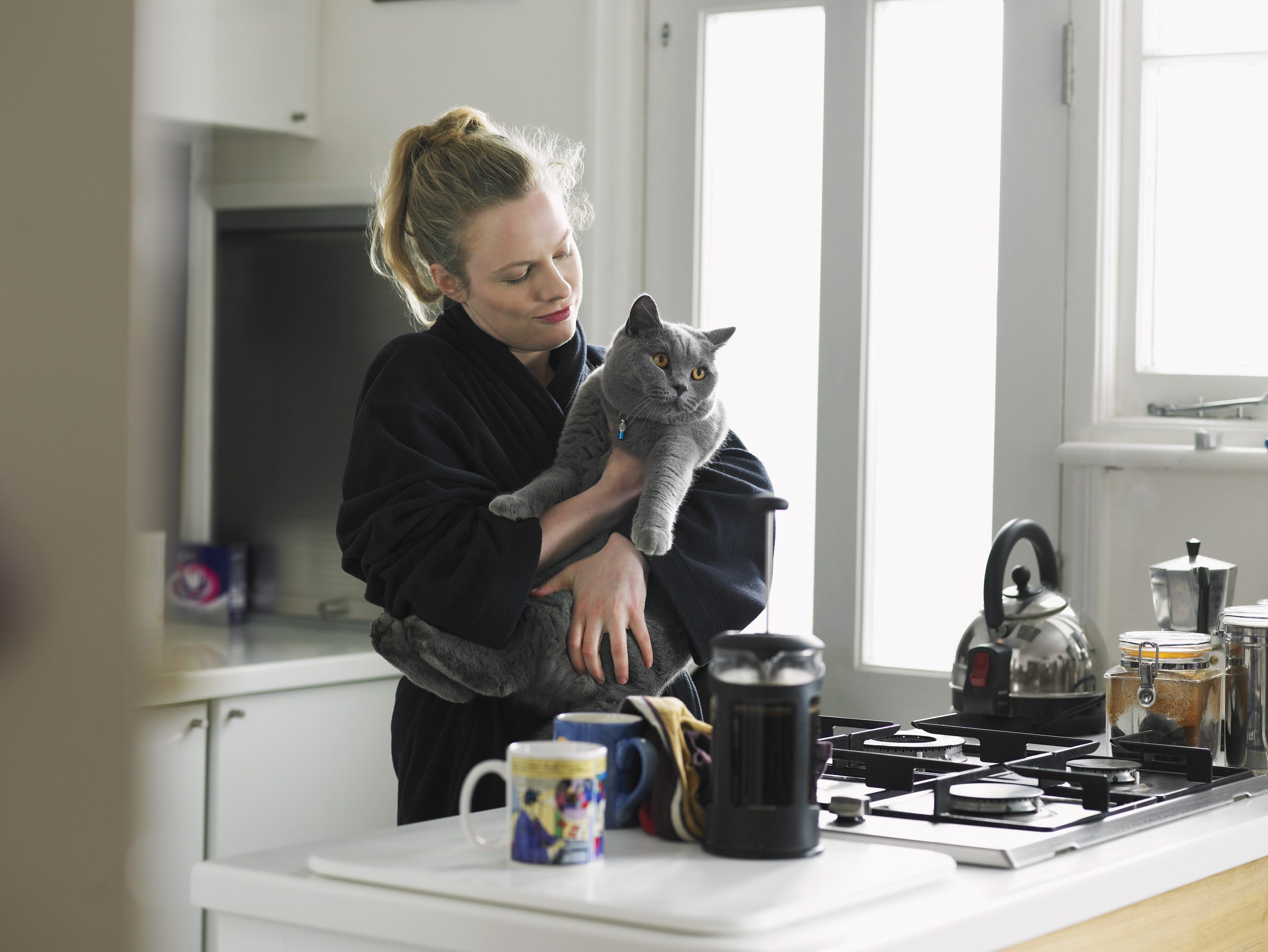If you have ever owned a pet cat, you will certainly understand that cats are naturally curious creatures.
Owning one is like rearing a young child that never grows up.
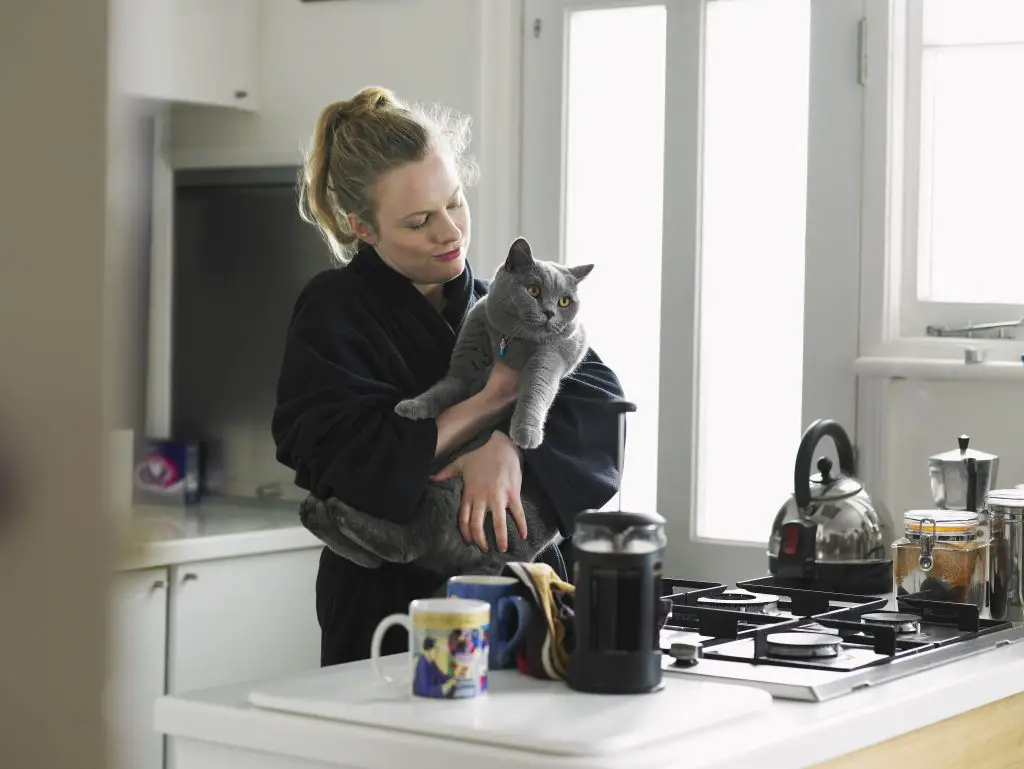
You have to put things out of reach that you know will be toxic if eaten, such as soaps, cleaners, oven cleaners, detergents, disinfectants, solvents, paint, fertilizers, weed killers, bug sprays, medications, sweets, cookies, artificial sweeteners, diet pills, energy drinks, diet drinks, etc.
Are cats attracted to coffee?
A cat may not always be attracted to coffee, but cats drink coffee because a cat’s natural curiosity will lead it to experimenting by licking the liquid to find out what it is that you like so much.
If you drink coffee or anything with caffeine in it, don’t think it would be funny or cute to let your cat have a taste as coffee and caffeine are bad for cats.
Caffeine is a substance that is found in many products, not just in a cup of coffee. It can be found in liquid coffee, instant coffee, coffee grounds, tea, used tea bags, sodas, energy drinks, supplements for building muscles or weight-loss products, and chocolate products.
Is coffee toxic to cats?
Yes, it can be. “I think he just drank it!” Just a few licks can poison your cat. And don’t teach your cats to drink coffee!
What happens if my cat drinks coffee?
A substance called methylxanthines is found in chocolate and caffeinated drinks, and when eaten, even if it is not a large amount, may cause serious vomiting and diarrhea, as well as hyperactivity, raised body temperature, increased heart rate, tremors, and seizures.
Another substance found in some products for humans and which is toxic to cats is theobromine, which is a stimulant found in some supplements and diet products and diet drinks.
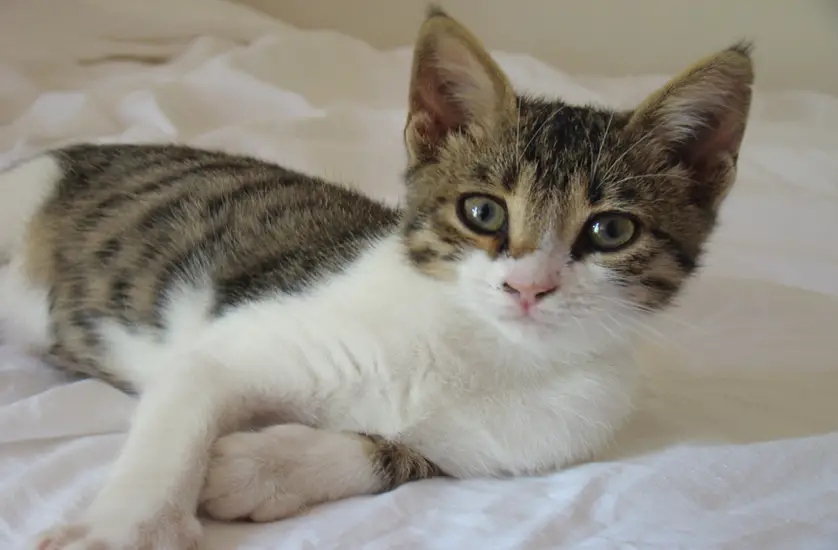
Best Practices for prevention of toxic poisoning
If you think a toddler would have access to something, your cat will too. Cats and kids will lick, drink, and eat everything to find out if it is edible.
Substances that are toxic to cats could be everywhere in, around, and outside your house.
You’ve heard the expression “baby-proof your house” and the same thing applies to a cat: “cat-proof your house and yard”. Put things that could be harmful in locked cupboards.
Make sure all your medications are in child-proof (which means cat-proof) containers that cannot be chewed open and in drawers and cabinets that cannot be reached by a toddler or cat.
Remember that cats can easily jump onto the sink beneath your medicine cabinet. No matter what medications or pills they are, they are bad for cats.
Have a lockable shed where all fertilizers, solvents, anti-freeze, paints, weed and bug sprays can be kept safe and ensure there are no holes in the floors, walls or roofing where cats and rodents can enter by crawling through.
The best idea is to be thorough.
Xylitol
Xylitol is a sugar substitute that is as sweet as sugar but with fewer calories.
Manufacturers use it in sugar-free baked goods, candies, gum, jams, jellies, honey, peanut butter, yogurt, toothpaste, and mouthwash. It is often used to sweeten coffee, coffee products, and anything with caffeine in it.
Signs of toxicity in your pet cat can be seen almost immediately after it has been drunk, licked, or eaten. It is extremely dangerous to cats and may be life-threatening.
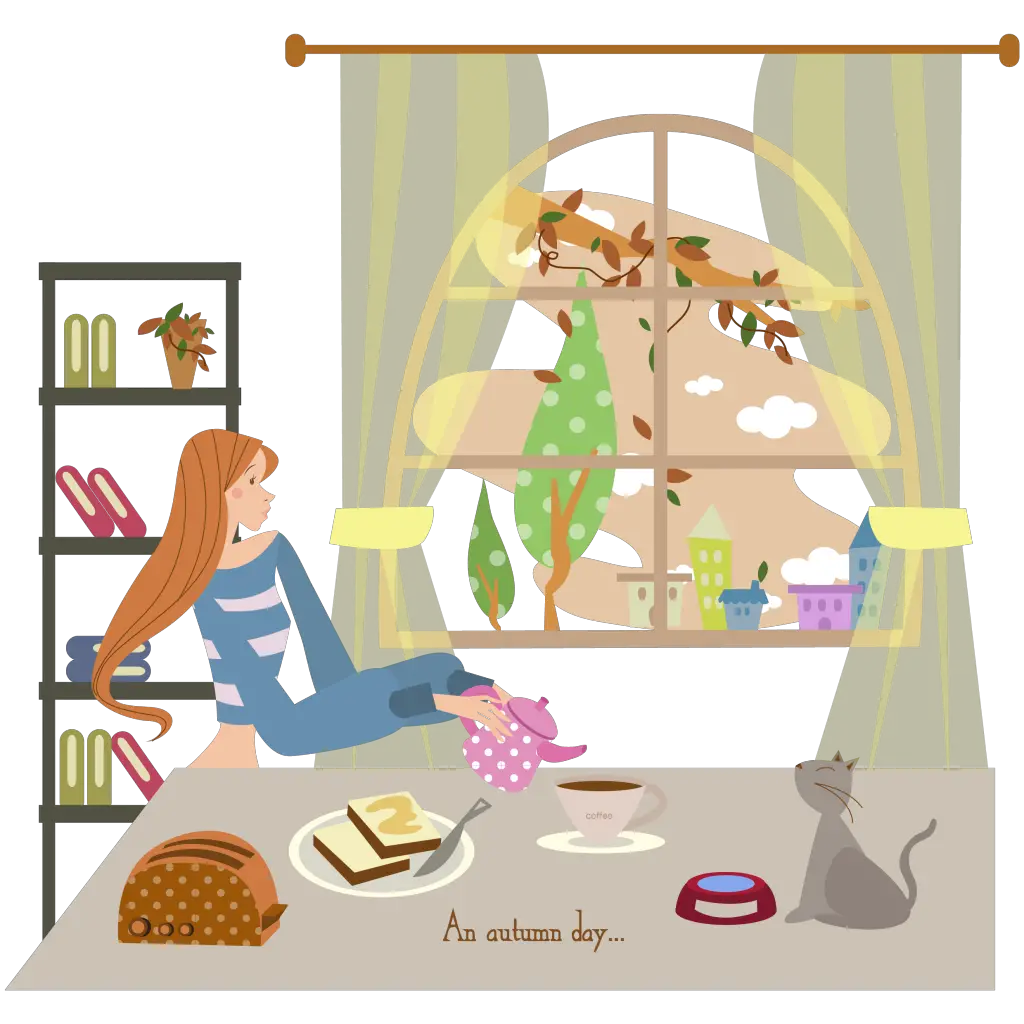
How do cats end up consuming coffee?
North Americans love to drink coffee. Now that many homeowners have introduced coffee machines into their kitchens, there are many flavored coffee pods available to brew, and most of them have caffeine.
These coffee odors are enticing to coffee drinkers but they are enticing to cats too. As cats can smell through plastic pods and get them opened, they are liable to eat the contents of the pods.
Don’t keep your supply of coffee pods or beans on the counter. It is best practice to keep them safely in a drawer that your cat can’t open.
Used coffee grounds still contain caffeine, and this caffeine is extremely dangerous to a cat’s health if eaten.
Make sure that coffee grounds are disposed of safely so that your cat can’t find them in your garbage. If you have a garbage disposal unit, use it to eliminate the grounds.
Cats are not maliciously searching your garbage for good-smelling treats. They are just naturally curious and that curiosity can get them into trouble.
Buy a trash can that cannot be opened easily by a child or a cat. If there is a way, both will find a way to explore the insides of your garbage even if you think it is impossible.
If you can, put your trash within a closed cupboard that has a “child and cat-proof” lock on it. It is better to be safe than sorry.
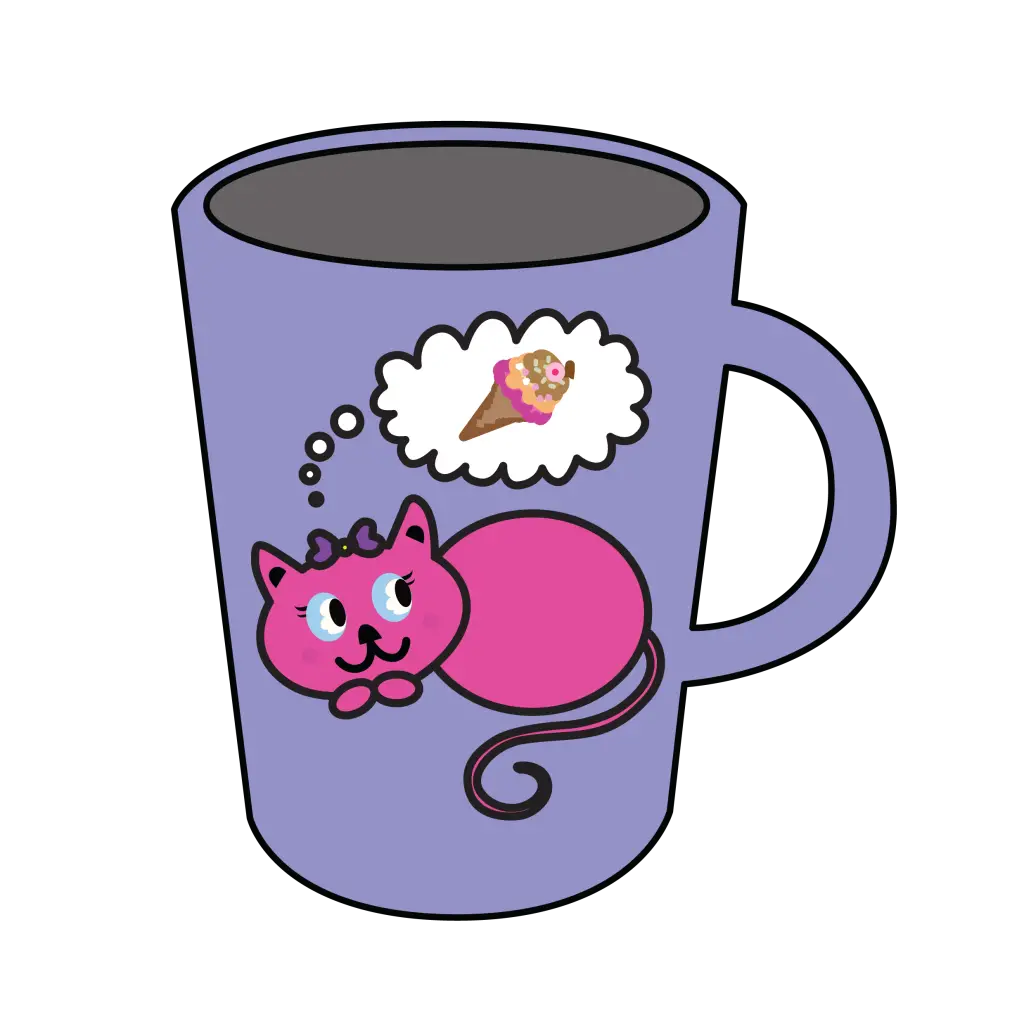
Signs of Toxic Reaction to Caffeine or Coffee and What to Do
Contact a Pet Poison Helpline or Hotline if your pet cat displays any of the following symptoms, whether or not you know or suspect coffee, a coffee product or something containing caffeine has been eaten or tasted:
• becomes hyperactive and is unwilling to sit or lie still
• cannot seem to get comfortable
• has unusual thirst
• vomiting
• runny diarrhea
Life-threatening Symptoms and What to Do
Even a small amount of caffeine or coffee ingested by your pet cat can be life-threatening and cause cardiac arrhythmia, pancreatic issues, high or unstable blood pressure, and damage to the cat’s internal organs.
If any of the following symptoms are shown by your cat, whether you know it has eaten something toxic or not, take your pet cat to a veterinarian of Animal Emergency Center immediately:
• an increased heart rate and is panting
• a hot body and is panting
• body or limb tremors
• a seizure
• collapses and is semi-conscious
Permanent Damage
According to some pet health websites, cats may suffer heart and nervous system damage from ingesting any amount of caffeine or coffee.
As well, the liver, kidneys, and the GI tract can be irreparably damaged. Some plants make alkaloids to fend off or kill insects, and caffeine is an alkaloid.
So, some plants are toxic to cats as they have no defense against alkaloids like humans do.
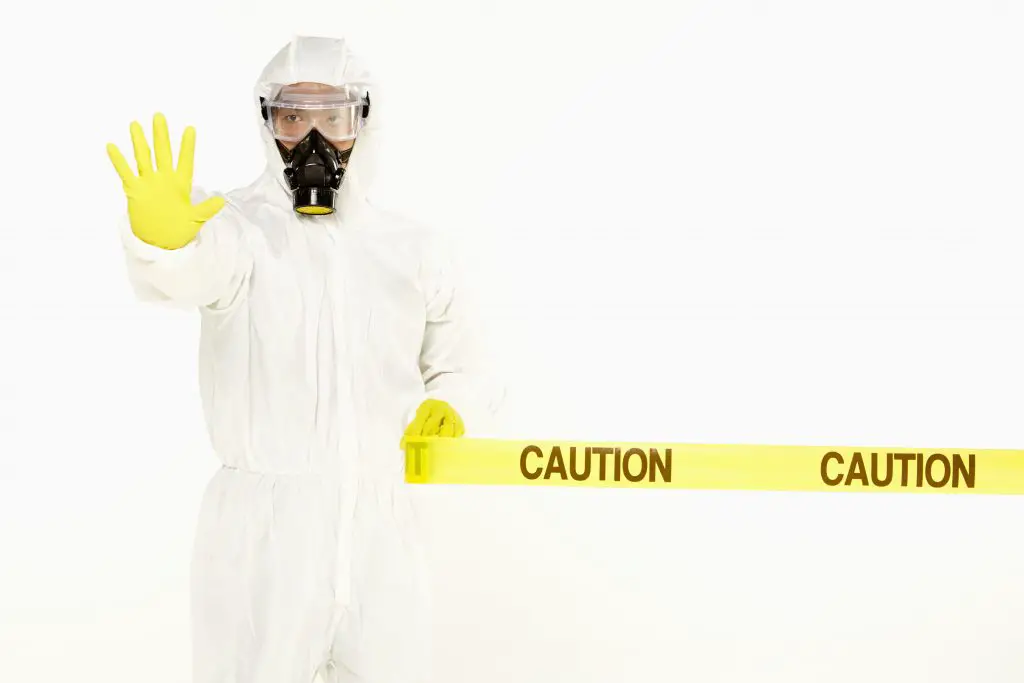
Do not feed these to your pet cat:
Onions, garlic, and other related plants: damage a cat’s red blood cells and can lead to serious anemia. Symptoms are lethargy, weakness, no appetite, pale gums, orange or red urine. Immediate veterinary intervention is necessary.
Raw eggs, raw meat, and bones: can lead to E.coli poisoning. Symptoms are vomiting, diarrhea, lethargy. E. coli can be transmitted to humans so hand-washing is imperative. Bones can lead to your pet cat choking or injury to the cat’s digestive system because of splintering.
Raw cookie or bread dough: will cause an expansion in the cat’s stomach and creates its own alcohol. Symptoms are vomiting, diarrhea, tremors, disorientation, breathing problems, coma, and even death. Immediate veterinary intervention is necessary.
Alcohol: Besides the obvious wine and beer, alcohol can be found in pure vanilla, almond extracts, some Dijon mustards, wine vinegar, some whipped creams, anything that has wine, rum, or bourbon added.
Symptoms are sudden drops in blood sugar, blood pressure, and body temperature, seizures, and respiratory failure. Immediate veterinary intervention is necessary.
Dairy: Milk and dairy products are hard for adult cats to digest and can cause an upset stomach and/or diarrhea.
Kittens are exposed to lactose in the mother cat’s milk for the first few weeks but after that, they cannot digest lactose easily. Some adult cats drink milk with no adverse effects.
Grapes: raisins and grapes may cause kidney failure which may occur quite quickly after ingestion. Symptoms are vomiting, lethargy, diarrhea, lack of appetite, abdominal pain, inability to urinate. Immediate veterinary intervention is necessary.
Dog food: contains less vitamin A and protein, and less taurine and arachidonic acid than prepared cat foods.
Cats need more of these ingredients and acids in their food or they may develop heart disease, vision, and dental issues.

